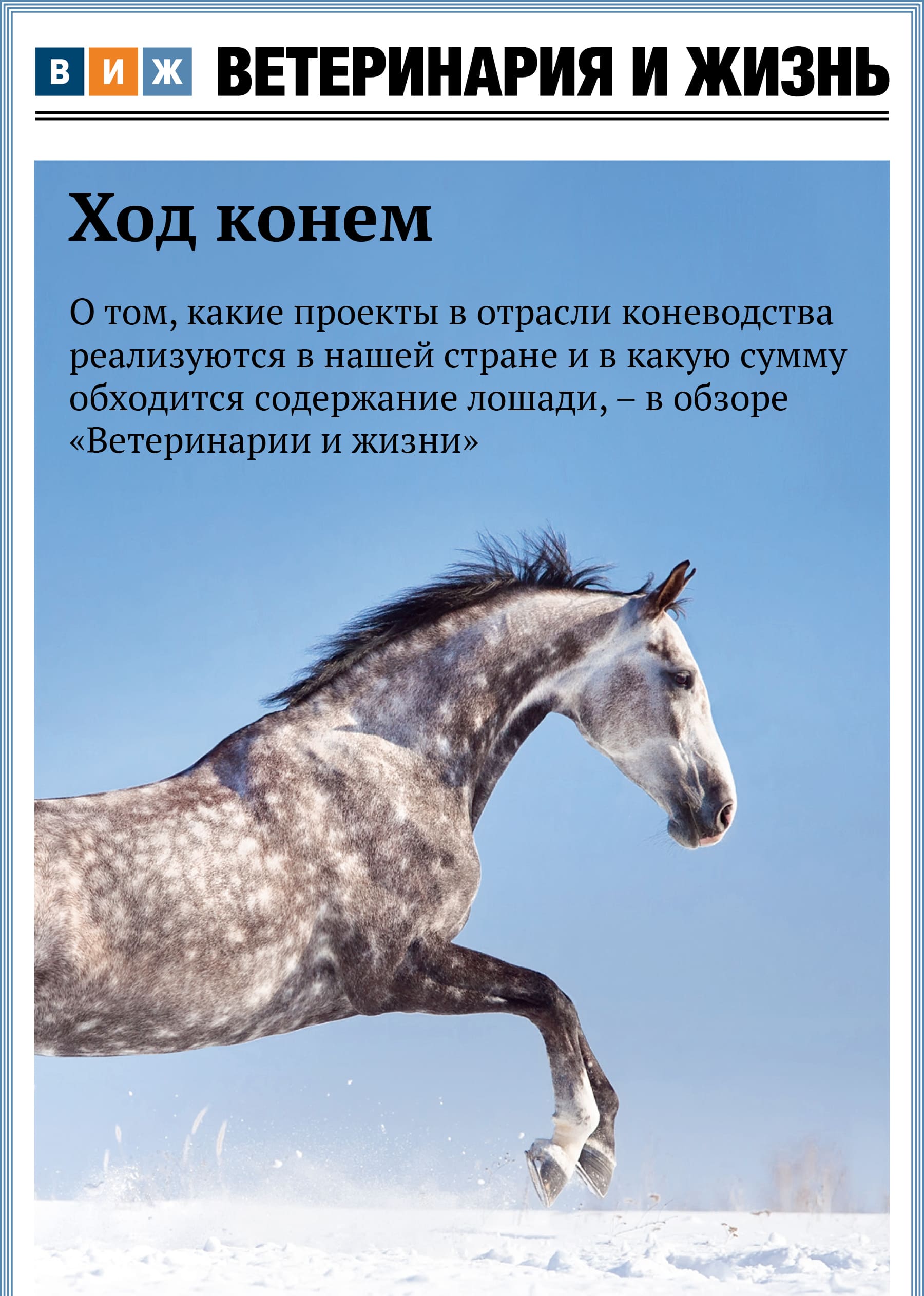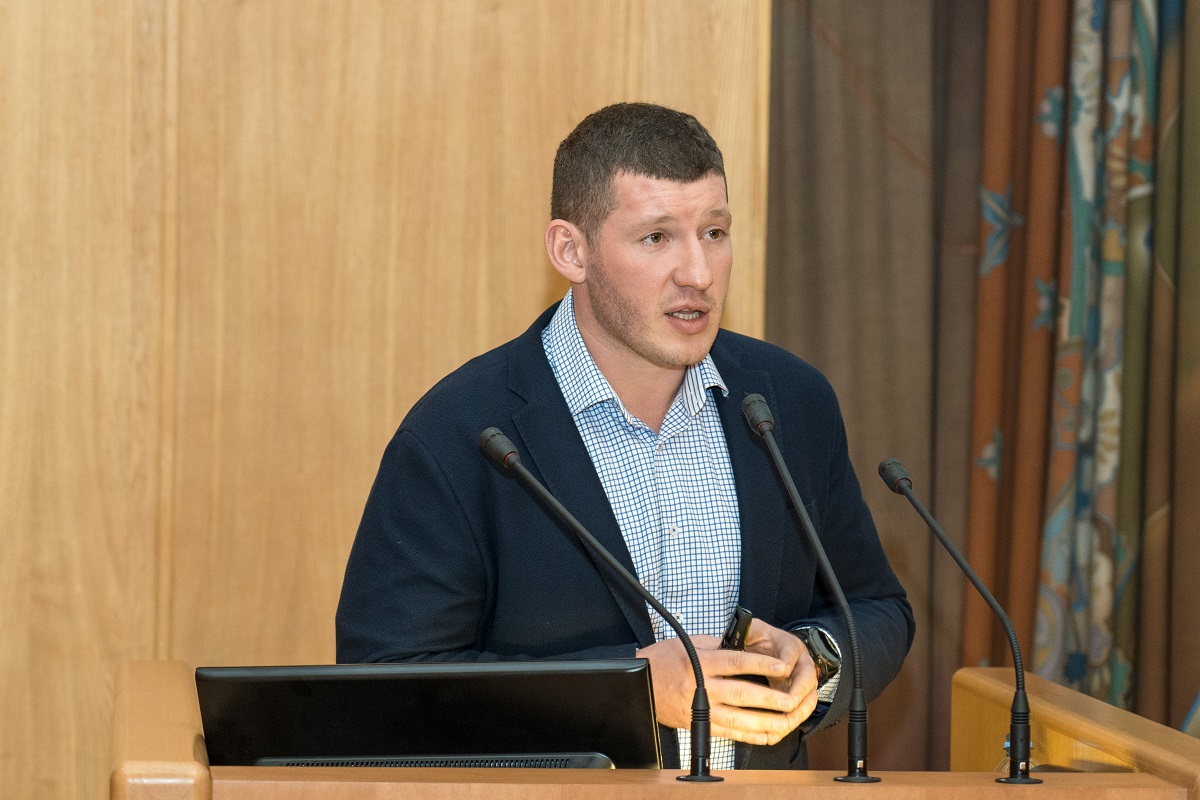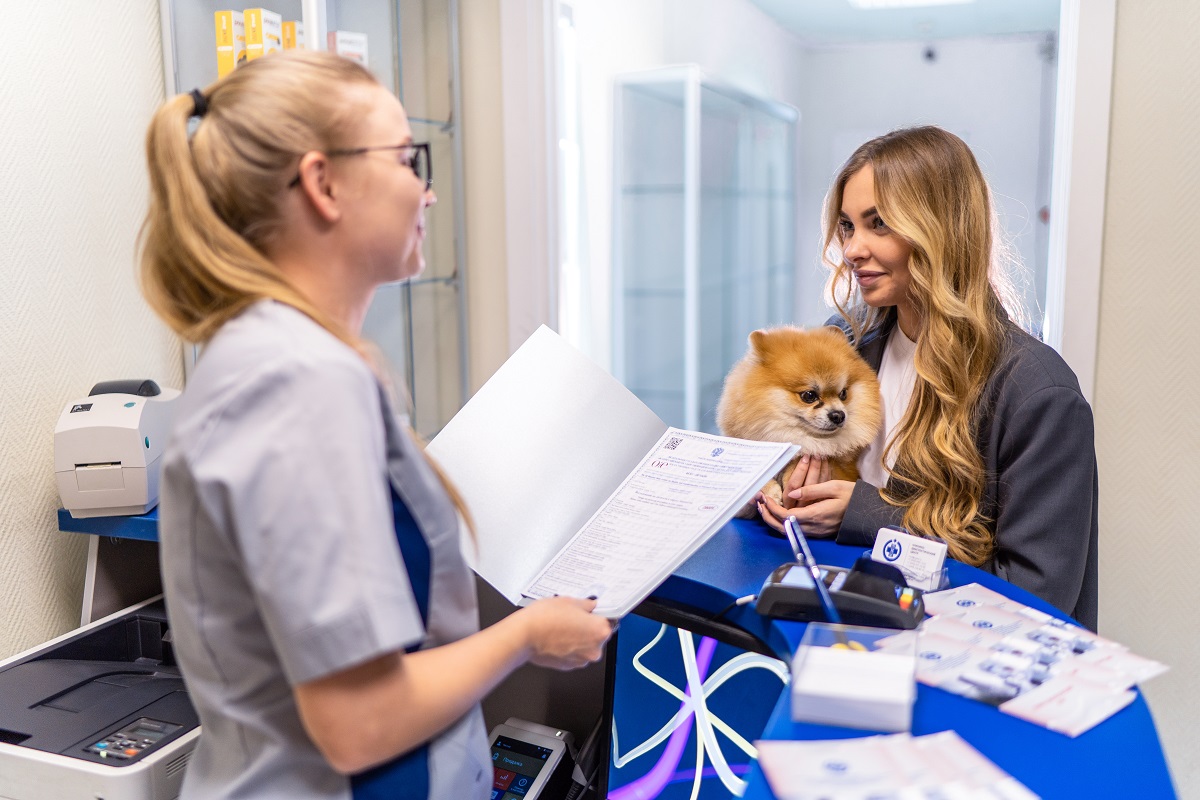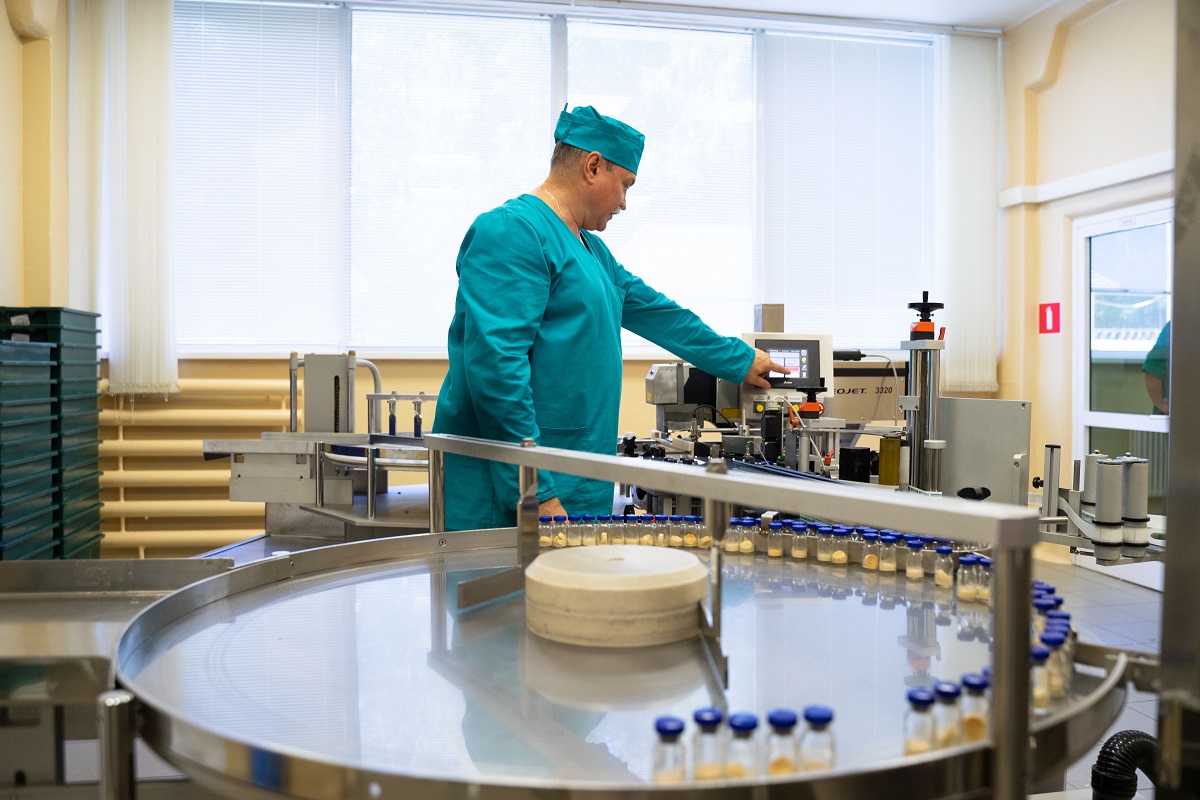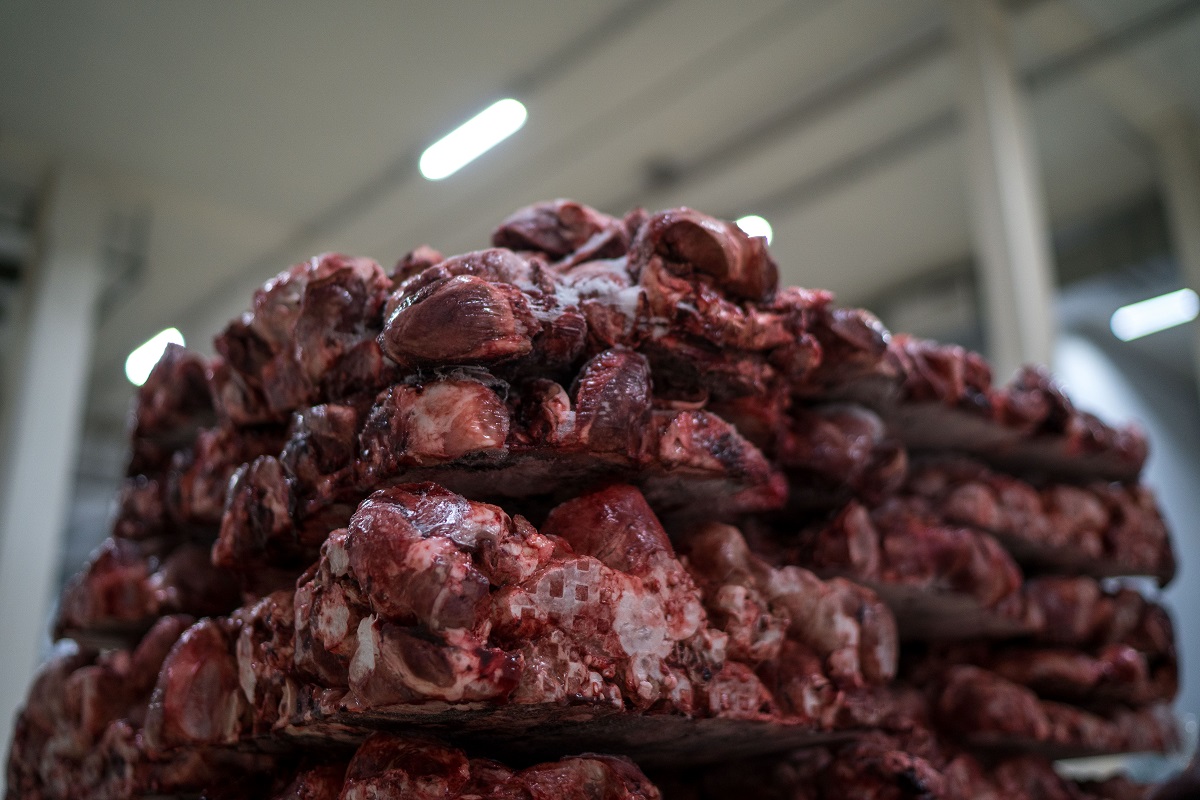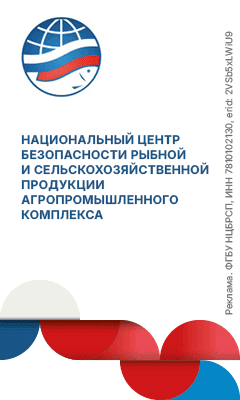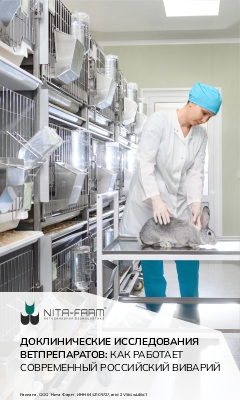For instance, among the points of the checklist are veterinary passes for staff, disinfection of transport vehicles at the entrance, special clothing and footwear for staff, as well as personal protective equipment.
The critical points are if some workers of the enterprise have a backyard pig farm or other animals were seen on the territory of the pig farm.
“In reality, it is easy to assess the risks using the checklist. 100 points is the minimum point, 180 points is the maximum. If we assess the PRRS and ASF-exposure risks at a pig farm, then 180 points is a probability of 1 in 100, 160 points - about 2%, 130 points - about 8%. This is not an indirect correlation, but rather a geometric progression: the higher the score, the lower the probability,” explained Sergey Kasparyants.
The checklist was developed as per recommendations of the Netherlands Food and Consumer Product Safety Authority, Rosselkhoznadzor and the Federal Center for Animal Health of Rosselkhoznadzor (FGBI "ARRIAH").
In 2021, the specialists of the VIC GROUP carried out more than 200 audits at pig farms. According to results, 67% facilities met a satisfactory biosafety level, 22% met a high biosafety level, and 11% met an unsatisfactory biosafety level.
“Most common violations involved poor personal hygiene of the staff, negligence to basic biosafety rules, lack of additional control and regulations describing behavior of personnel, etc. This is all about business process and control,” said Sergey Kasparyants.
The expert warned that a biosafety error made by a farm in the event of ASF can lead to 100% livestock loss. In the event of a PRRSV outbreak within a negative herd, the financial losses may exceed over 150 million rubles. In case of uncontrolled PRRSV-virus circulation within a positive or unstable herd, it is estimated that the annual loss is more than 30 million rubles (this is an example of a fully integrated pig farm for 5000 sows).

